The demonstration by the example of a digital strategy applied to industries
Presentation of the site, rich in history and innovation 4.0 by Olivier Vlamynck, director of the 574 project
This article aims to introduce you to this innovative place, in the heart of the Industrial Technicentre of Hellemmes and to share our impressions of this day of November 21, 2019. SNCF has 10 similar sites, and its master plan foresees a significant wave of modernization for each of its sites.
The Industrial 574 of Hellemmes is one of the accelerators of the industrial digital transformation of the Materials.
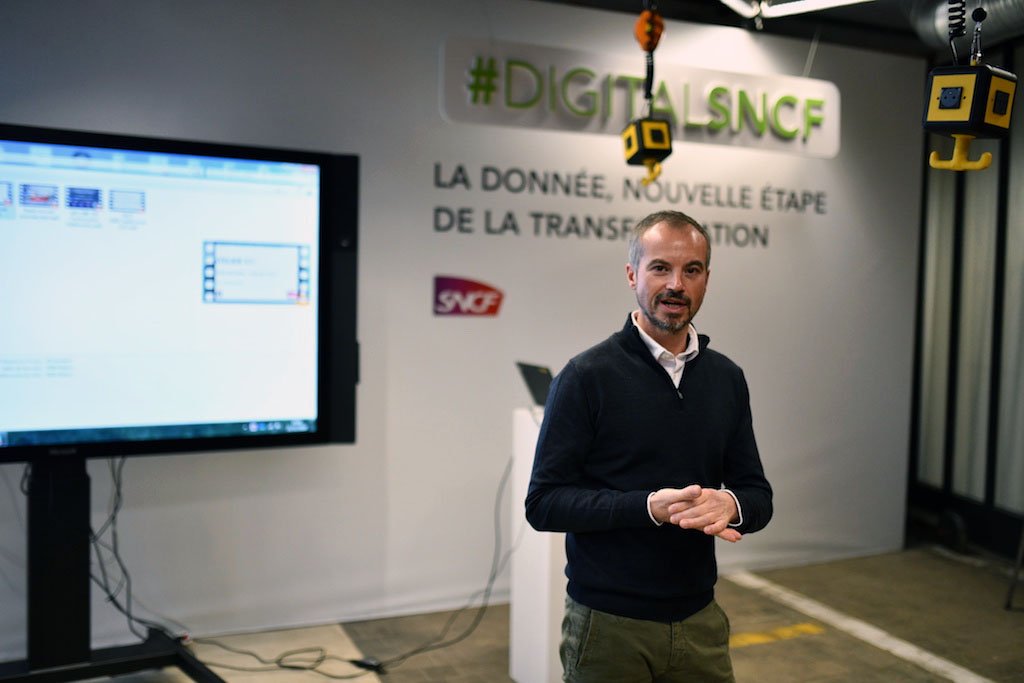
574 is a nod to the world rail speed record set in 2007 by SNCF (574.8km/h exactly). These are « digital houses » of the SNCF group. There are currently 5 in Saint-Denis, Toulouse, Nantes, Lyon and therefore Hellemmes (since May 2018).
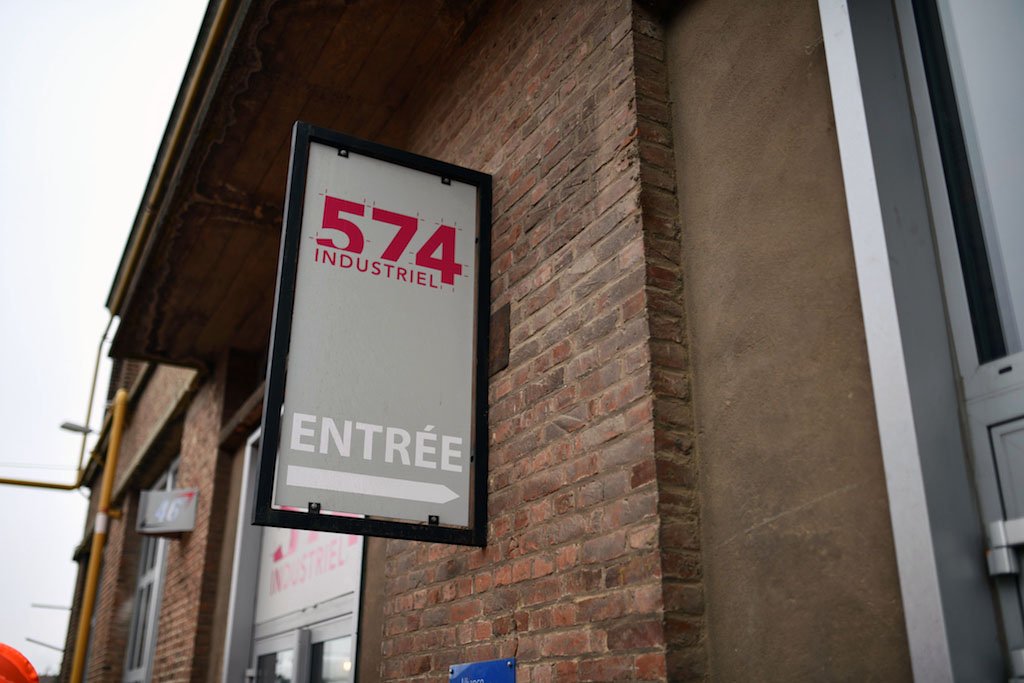
Numbers and values
With a budget of 950 million euros devoted to digital transformation since 2015, SNCF is aware of the new challenges of digitalization. The investment in the creation of the 574 Hellemmes is the result of this desire to transform mobility through innovation and digital. The 574 Hellemmes evolves within the Industrial Technicentre of the same city, specializing in the renovation, maintenance and modernization of the TGV and Trans-Manche trainsets. The life of a TGV today is 40 years, during which it will travel nearly 15 millions kilometers ! It will travel this distance on trains with the same lifespan and that must be renovated from top to bottom every 20 years (at « mid-life. With a fleet of more than 500 TGVs running over 30 000 km of trains, maintenance, renovation and improvement activities are enormous. Established in 1873, the Industrial Technicentre in Hellemmes celebrated its 145 anniversary in 2018, the year of the complete renovation of the property. More than 27 000 parts are repaired every year by 1,000 employees in 20 trades. The Technicentre generates130 millions euros in sales in 2018, for800 000 hours of work.The industrial digital revolution will bring the revolution to SNCF and considerable improvements. P. Jeanet, PDG de SNCF Réseau.
Ambitions and projects
SNCF’s ambitions are strong and are reflected in a project : the Usine Du Futur programme.This program which was presented to us during the visit is built around three major ambitions :
Improving the group’s performance
This includes productivity gains but also quality of service, targeted investments in IO (Tool Installation) and reduction in energy consumption.Transforming Industrial Technicentres (TI)
« Flexible and versatile » IT organized around orderly production and real-time monitoring of the progress of tasks. IT equipped with available and efficient facilities to have « the right part in the right place at the right time », to reduce the difficulty of work and to to develop new skills.
Making agents more self-reliant
Empower and engage agents in improving IT performance with a new work tool tailored to each user. An intuitive working tool, allowing you to have the right information at the right time to make the right decisions.
These ambitions of the Usine Du Futur project will serve to support SNCF’s objectives, which include reducing breakdowns and improving train regularity (and thus rider satisfaction).
In order to respond to these ambitions efficiently, SNCF is betting on digital, through, for example 5 types of digital project themes launched on the 574 :
The creation of an incubator of digital ideas.
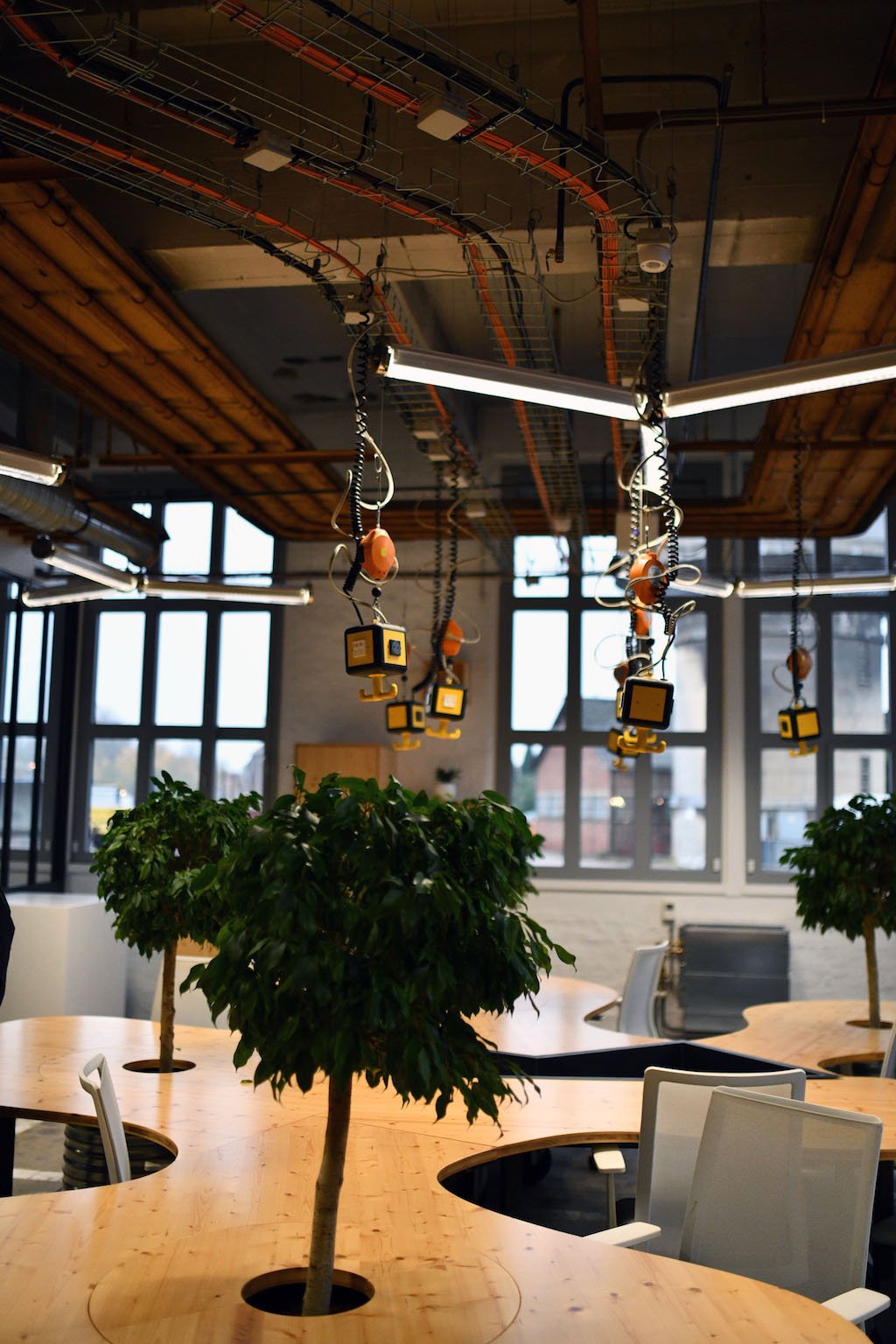
- TheIoT (Internet of Things / Internet des objets) through the development of telediagnosis of trains and facilities for example. The aim would be to reduce maintenance costs to the lowest level but also to improve the passenger experience.
- The Big data with predictive maintenance that is based on data held by SNCF (some 4 million daily data) to reliably predict (and thus anticipate) equipment maintenance operations.
- Augmented reality allowing assistance in troubleshooting.
- Artificial Intelligence through the analysis of feedback, the deployment of conversational agents for training or troubleshooting assistance.
On the way to the Usine Du Futur !

DeCompensated by the Industrie of the future Alliance in 2018, obtaining the label « Vitrine Industry of the Future » is awarded to companies that have concretely developed an innovative project.
… implementing a provision of mostly French technological or methodological solutions
The creation of the initial software base
Started in the 2000s, this phase saw the deployment of several software solutions ERP, GMAO.
The creation of the integrated industrial base (material and software)
Between 2015 and 2020, the aim is to standardize processes between technicentres, to master the data associated with parts at any time or to optimize the management of parts flows on site. And all this by limiting paper editions and the proliferation of Excel files.
Having the part in the right place at the right time…
Extending the base
The goal is to get the partial automation of the production, transport, storage, planning and decision-making. For this, the technicentres will rely in particular on Big data,AI (artificial intelligence) and geolocalisation.
But the ambition does not end there, since the project aims to constitute a digital twin of the entire rail network !
If you are interested in the subject of the digital twin, a detailed article (the link is here) explains why this is a strategic objective as part of Industry 4.0.
This digital twin is one of the parts of the future of the network … we will then move from a physical signalling logic to a digital signaling logic that is communicating directly with trains.
C.Solar (DG délégué Sécurité, Innovation et Performance industrielle de la SNCF)
The bulk of the work is not the equipment part but the standardization of the processes site by site, because each site has its own operation. SNCF has chosen to ship all of its sites from the beginning of the study. It was a more complex choice during the start-up phase, but it will pay off in terms of program deployment speed.
Fablab and Workshop 57 visit
The Fablab, presented by its manager Florent Valenti
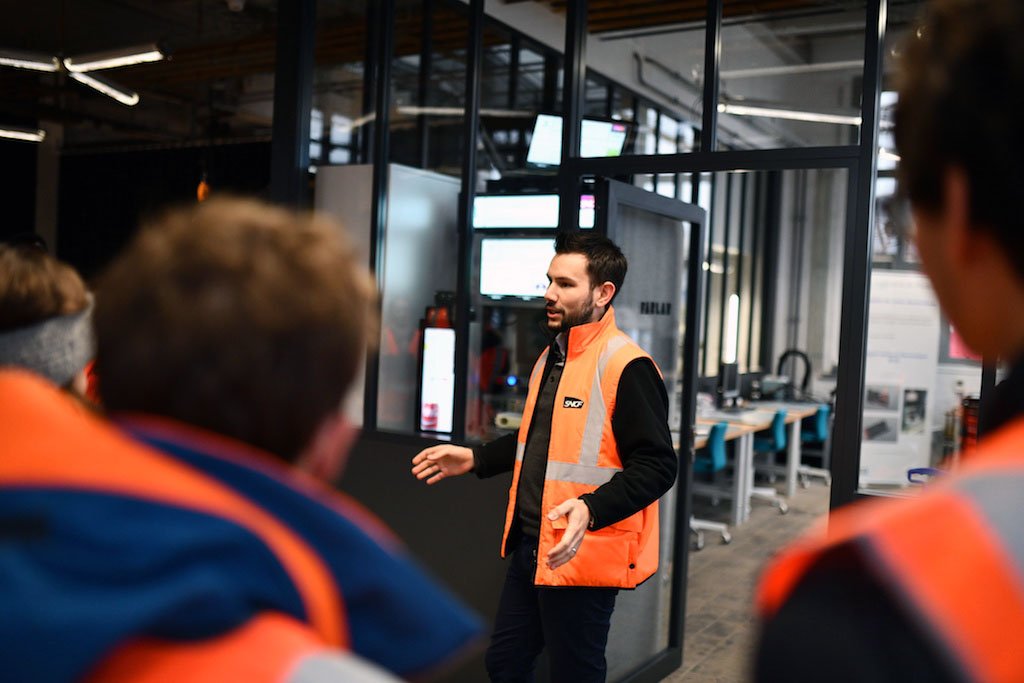
Like the 574, the Fablab is bubbling with innovative ideas: screen systems to be integrated in the station, rolling stock, pico-projection, wifi on board…
In addition, a lot of work is being done around the integration of the entire fleet : nearly 4 million data a day to be exploited ! Through the analysis of all this data, the Fablab can offer solutions for predictive maintenance, including artificial intelligence.
The purpose of predictive maintenance is to analyze the behaviour of TGVs in real time and to offer the centres preventive interventions (called « telediagnosis »), in order to anticipate the failure in circulation.
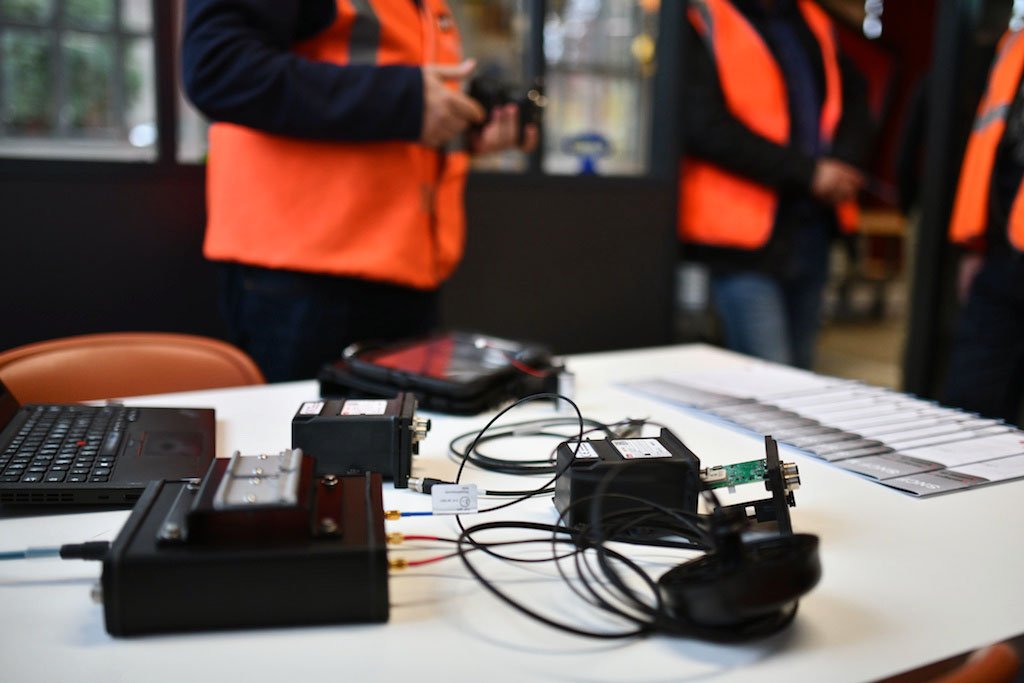
The current technical solutions are not adapted to the railway industrial environment (vibrations…) and to meet its standards (fire, smoke…),SNCF has therefore developed its own wireless equipment with the LoRa protocol to avoid connection problems when the equipment is rolling. 7500 equipment are deployed to date and this figure will be multiplied by 3 or 4 in the next 3 years.
Shop 57
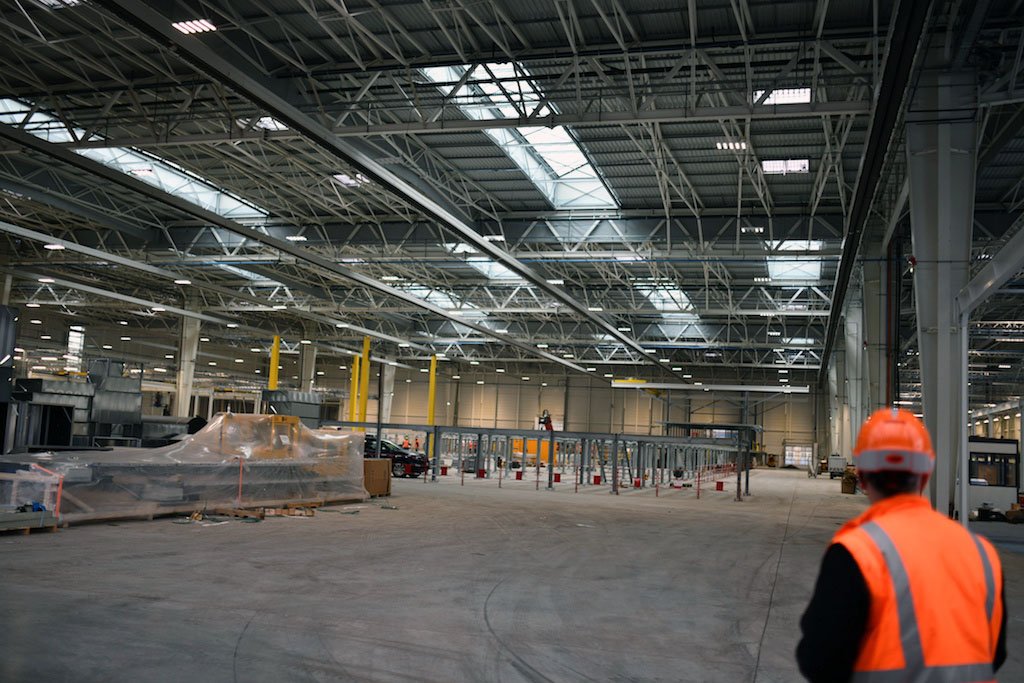
It is a 27,000 m2 production building, custom-designed for the « Usine Du Futur” project. This building promises optimal working conditions for the teams as well as positive energies (6,800 m2 of solar panels and rainwater recovery). No rail or visiting pit but a flat slab all over the building to facilitate the movement of trains through « movers ».
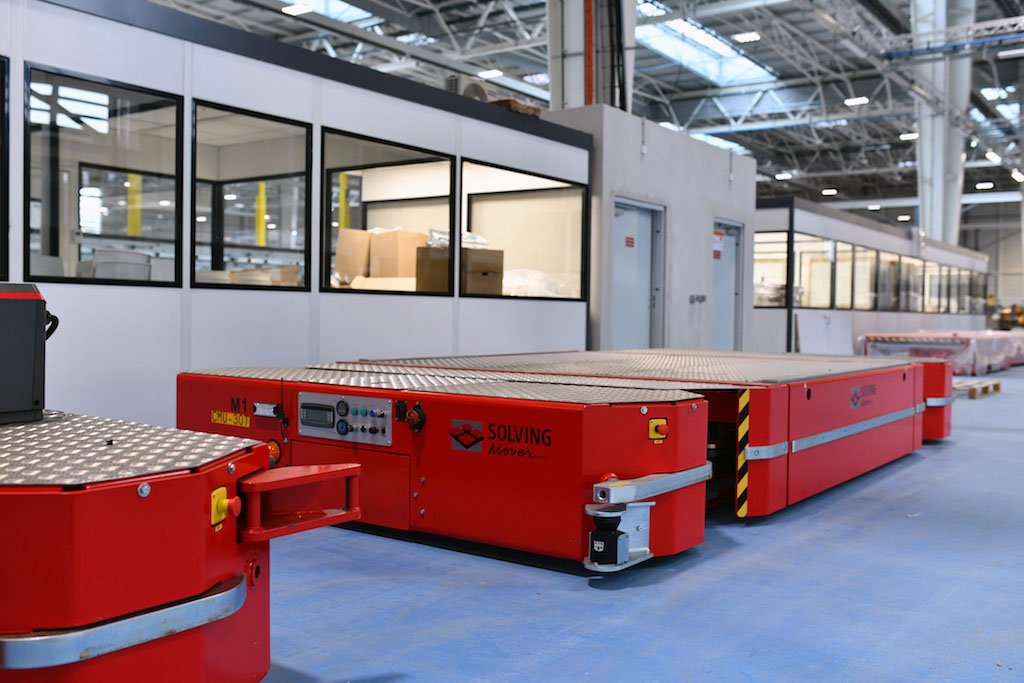
These areradio-controlled electrical systems that can move the crates but also 55 meters long elements. The movers significantly improve the overall ergonomics of the site.
In order to rapidly evolve the building to the constraints of maintenance, these systems allow to change the configuration of the site every 3 days , to exploit the full potential of visual management.
Conclusion on the industry of the future showcase of SNCF
Site 574 is the representation of a Factory of the future where digital lends a hand to men and machines. Innovation is at the centre of the strategy, for an increased collaboration, studied business processes and predictive maintenance that will lead to improved user satisfaction.
